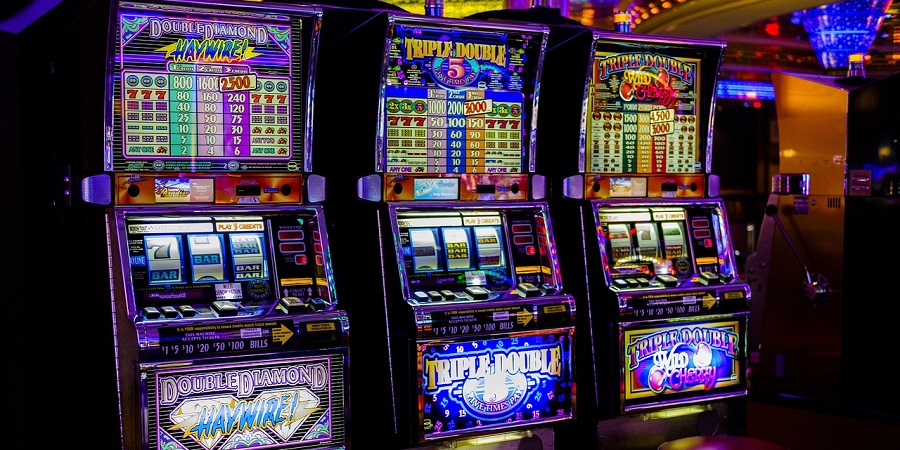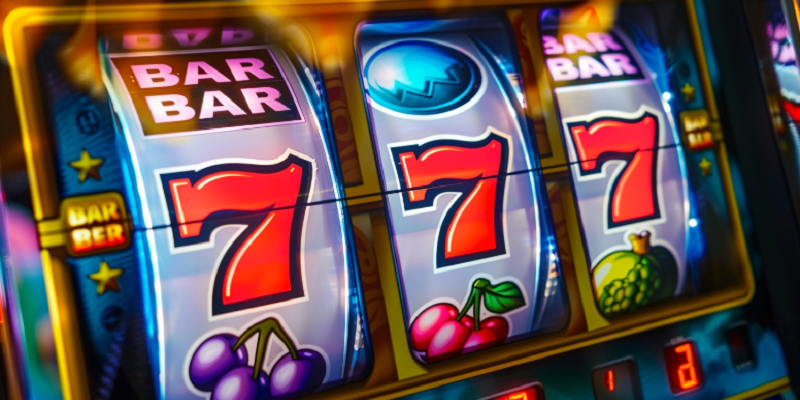Source: Canva Editor
It’s probably fair to say the digital shift has turned the whole gambling scene upside down—or sideways, depending how you look at it. Not so long ago, the sports book and the casino were almost like distant cousins, each with its own loyal crowd. Now? Those lines have blurred. You’ve got operators who can’t afford to just think in terms of old-school, “separate” audiences or brick-front buildings.
There’s this study from Cascade Business News, October 2023—apparently, having everything rolled into one app, with aggressive cross-promos, is basically the new playbook. On these unified platforms, players find sports odds, live casino games, dynamic slots, and often virtual content like online rainbow riches all in one place. It’s a mash-up that seems to pull in more attention and—well, it definitely complicates things for anyone worrying about responsible play or regulatory grey areas.
Unified experiences driving growth
It’s not just a fad—combining sports betting with casino games appears to be how operators stay relevant. These mashups now make it so users switch from checking Premier League odds to spinning roulette, all in a matter of seconds. For instance, players navigating from a live football score to a session of rainbow riches no longer require a separate login or app. That’s a big jump from just a couple of years ago.
This kind of all-in-one setup? It widens the menu, pulling in people who might otherwise drift away. The numbers, for what they’re worth, back it up. The American Gaming Association reported that US sports betting and online casino revenues reached $16 billion in Q2 2023—a record, apparently. Some industry-watchers (like those at Versus Sports Simulator) point to cross-selling as a major part of the picture.
People who start out on sports bets might wind up spinning slots, or vice versa. There’s a sort of “two-way flow”—each side dipping into the other. Shared bonuses, rewards, targeted ads… all of it muddies the old boundaries. This combined model is likely influencing, maybe even rewriting, where the next wave of gambling is headed—but, of course, there’s always room for unpredictability.
Technology and interactive innovations
Behind the scenes, tech drives most of this upheaval. Online rainbow riches slots and similar casino games exemplify the blend of entertainment and seamless access now expected by users. Lately, artificial intelligence gets tossed around a lot; it seems to be shaping everything from risk checks to bonus offers, all in the blink of an eye. There’s also blockchain—some swear it’s making payments faster or more trustworthy, but honestly, the details are tricky to untangle.
Virtual reality and augmented reality suddenly invite people into neon-lit digital lobbies, or stadiums with odds floating midair. And live streaming? That’s its own beast, letting punters place wagers as the event unfolds—sometimes reacting to each play they see on their screens. A write-up from a European gaming publication (October 2024), for what it’s worth, suggests these extras are grabbing the attention of people and making everything feel more game-like, maybe more social. Hard to say where all this stops; with each new gadget or data tool, users seem to get more engaged.
Esports, fantasy, and the changing face of gambling
It’s not just ball sports and cards anymore—esports and fantasy leagues are shaking things up. Hardly surprising, since people are less keen on walking into a brick-and-mortar casino, but quick to join an online event watched by thousands. Many operators have started mixing in special esports betting options, live wagers during game streams, or layered reward systems modeled on video games.A report from a sports industry source (February 2024) finds that more than 45% of new betting customers under age 30 had placed a wager on an esports event or a fantasy sports contest in the previous 12 months.
You’ll find that a lot of the latest casino games—rainbow riches is one example—are designed with video gamer sensibilities, building in missions and unlocks. Suddenly there are sweepstakes and hybrid formats, too, some that muddy the boundaries between what’s legal skill and what’s chance. The growing and changing customer base is pushing regulators to catch up, though, honestly, there’s still plenty of debate over the right balance here. Bottom line: people want variety, and platforms seem willing to provide it—even if it takes the industry some time to adjust.
Cross-promotion, partnerships, and economic impact
It’s probably fair to say that cross-promotion keeps the engines running for gambling operators these days. Big matches and tournaments now double as stages for unveiling a new slot machine, odds specials, or timed bonuses, all synced up so fans are nudged from event to mobile app with barely a break. Sponsorships, and sometimes even stadium signage, keep reinforcing this “bet and play” message. The numbers—if you trust those—are hard to ignore. According to B2B News Network’s October 2025 survey, licensed states in the US recorded combined growth rates exceeding 20% year-over-year in the months following major event tie-ins between betting and casino products.
Outside the US, much of the same story unfolds, especially where mature markets might be slowing down; these integrations sometimes pick up the slack. As for the partnerships—tech companies, sports franchises, big-name gaming providers—those seem to fuel a kind of constant cycle, with innovation and reach feeding back on each other. How sustainable is it? That’s less clear, but for now it’s hard to separate the threads.
Responsible gambling in a converged landscape
All this digital blending can make gambling a lot smoother and—well, a lot easier to access, both good and bad. On the responsible gaming front, there’s a bigger onus than ever. unified logins and always-on apps mean limits and safety tools really matter. Operators are expected to give options for things like time-outs, deposit caps, and reality-check messages, though the effectiveness of these tools is sometimes up for debate. With esports and skill-based games pulling in even more tech-first players, that pressure only grows.
Regulators are moving, if a bit cautiously, adding policies on advertising and transparency. Yet, from what is visible now, the heavy lifting is still a collaboration across platforms, industry bodies, and outside advocates. If there’s a path forward, it probably requires threading the needle between user freedom and real protections—easy to say, not always so simple in practice.









